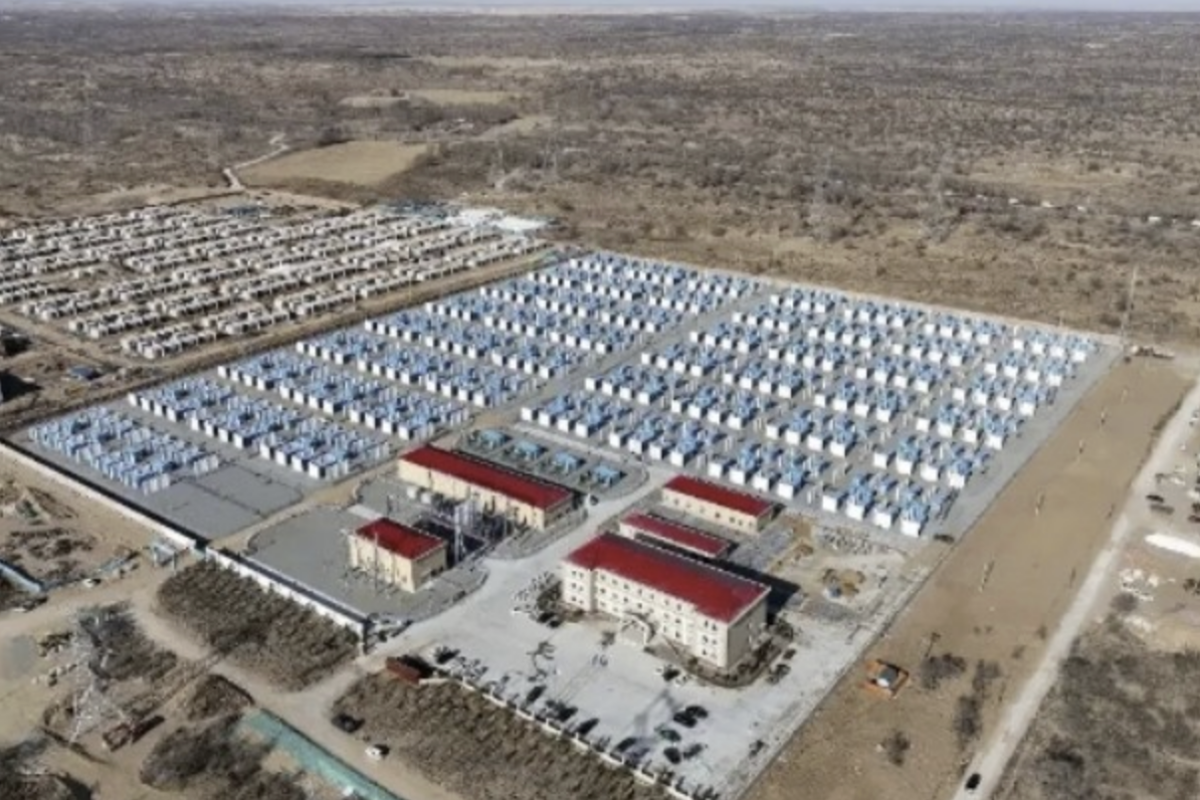The event, which took place on Thursday in London, concerned the outcome of two major energy storage interdisciplinary research projects: the Energy Storage for Low Carbon Grids and Integrated; and the Market-fit and Affordable Grid-scale Energy Storage, which were developed by 10 U.K. universities, examining the future development of storage technologies and the challenges accompanying the integration of storage in energy systems.
Oxford University professor of chemistry, Clare Grey presented on state-of-the-art battery technologies and some innovation breakthroughs.
Should we aim to increase the use of renewables in our energy systems, the grid applications of battery storage are vital, argued Grey, who added that current batteries are very expensive and are only suitable for short term back-up, frequency regulation of the grid, or for micro-grids.
Grey told the event batteries currently account for approximately one third of the world’s lithium production. Their use, however, is predicted to explode. This projection is directly linked to the widespread adoption of electric vehicles (EVs).
Based on data provided by the U.S. geological survey and other government sources, Grey said that global lithium production in 2013 was: 13,500 metric tons (t) of contained lithium in Chile; 13,000 t in Australia; 4,000 t in China; 3,000 t in Argentina; 1,100 t in Zimbabwe; 570 t in Portugal; and 150 t in Brazil. U.S. production was withheld, to avoid avoid disclosing company proprietary data and, thus, is excluded from the list.
Similarly, based on the same sources, the world’s lithium reserves are: 7,500,000 t in Chile; 3,500,000 t in China; 1,000,000 t in Australia; 850,000 t in Argentina; 60,000 t in Portugal; 46,000 t in Brazil; 38,000 t in the U.S.; and 23,000 t in Zimbabwe.
Challenges
Commenting on Tesla’s price projection, Gray said that if it turns out to be accurate, batteries in 2020 will cost $100 per KWh. She argued that such a price will be good news for EVs, but they will still not be very competitive for the application of battery storage in energy grids.
Furthermore, argued Grey, utilities are calling for a lithium battery lifetime of 20 years, while at the same time, limited testing on the batteries’ performance in electricity grids has been carried out.
Therefore, she said, it is critical to increase the longevity of batteries, and to also monitor the state of their health, which broadly translates to monitoring their cost, sustainability, safety and second-hand use.
Grey explored these themes in more detail explaining, for example, that cheaper materials, like lithium sulfur or sodium systems, are currently being used to try and reduce costs. Other methods include increasing battery capacity and/or energy density; different configurations like thicker electrodes; and a second-hand market for batteries.
Nevertheless, noted Grey, pushing the limits of battery technology often has safety consequences and, therefore, among the most critical challenges is how to recycle the batteries and enable them to have a second-hand use.
Some of the radical new technology approaches beyond conventional Li-ion batteries are lithium sulfur and lithium air batteries. There is also research that moves beyond lithium altogether, testing sodium batteries and redox flow batteries.
For all of these technologies, there are different pros and cons, very often concerning the chemistry of the materials used.
Stakeholders
A panel of stakeholders further debated the challenges surrounding energy storage (not only batteries) with the audience.
A question posed asked exactly what is the current lifetime of batteries. Panelist Adrien Lebrun, who is responsible for the engineering and the implementation of battery projects at Green Hedge, a U.K. battery storage developer, said that based on his experience, academics say it is impossible to predict a battery’s lifespan, due to the complex chemistry of the materials. However, he added, battery traders tell us a different story, and sell us 10 year guarantees.
Lebrun asked battery storage investors to think in advance about whether they will recycle batteries; if they plan to add another battery after the first one has reached its capacity; and whether they plan to top their project up with extra battery units later, in which case they should design the facility accordingly, from an early stage.
An academic event presenting the results of two major research projects on energy storage, meanwhile, provided an update on the current and future directions of battery storage technology and development.
This content is protected by copyright and may not be reused. If you want to cooperate with us and would like to reuse some of our content, please contact: editors@pv-magazine.com.



It is apparent that the “meeting” was sponsored and attended by the Lithium industry.
Already energy storage of 25 to 50 years is possible with Vanadium Flow batteries, the limit being only the entropy of the materials used (several small pumps, the electronics/inverters and hoses etc).
Vanadium batteries also do not have the fire hazards presented by Lithium, nor the temperature and DOD issues of Lithium that curtail their life in the real world.
Unfortunately however, at the moment, the big money is with the vested interests of Lithium, and the “inconvenient truths” for larger storage (20kWh and up) are the elephant in the room.
For example, Tesla Powerwall 2 has reasonable specs, but the fine print (conditions) are based on only 25% DOD and 25 degrees C, further qualified by the proviso “region-dependant”.
The specifications also fail to mention that in Australia Lithium batteries are considered a Class 1 fire risk, and may not be under the same roof as people, meaning a remote structure has to be built to accomodate the Lithium battery!
I am happy with my Lithium Ryobi cordless drill however … marvelous!
Interesting points Alan. I’m involved in launching a new energy storage technology which commercialises high-energy bipolar batteries for the 1st time using highly conductive polymer for the plates. Although we are ‘chemistry agnostic’ we’ve been able to build limited prototypes in lead acid chemistry with characteristics matching a JCI lithium-ion start-stop battery. From a tear-down comparison we can build at 35% of the cost of the lithium-ion battery. By adding Carbon we can further enhance.
The implications are that there a lead carbon polymer ‘home storage battery’ could provide an affordable alternative at reduced cost and much increased safety